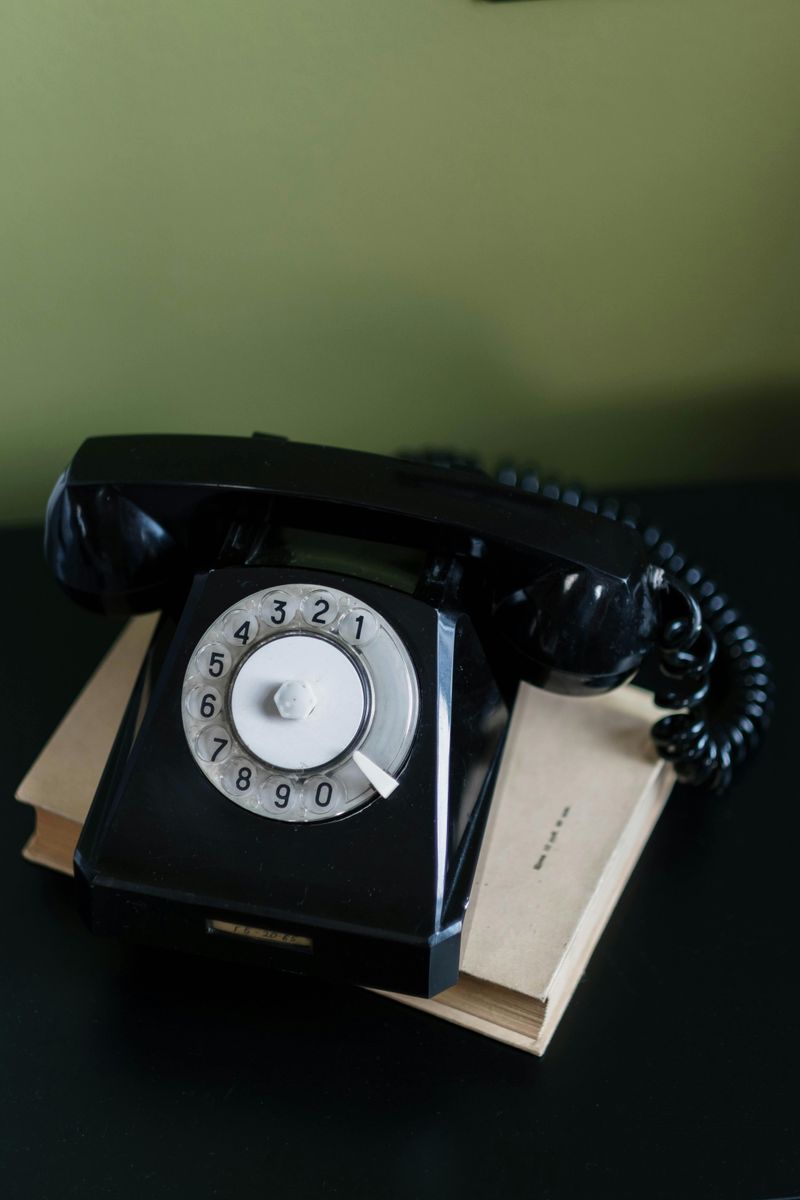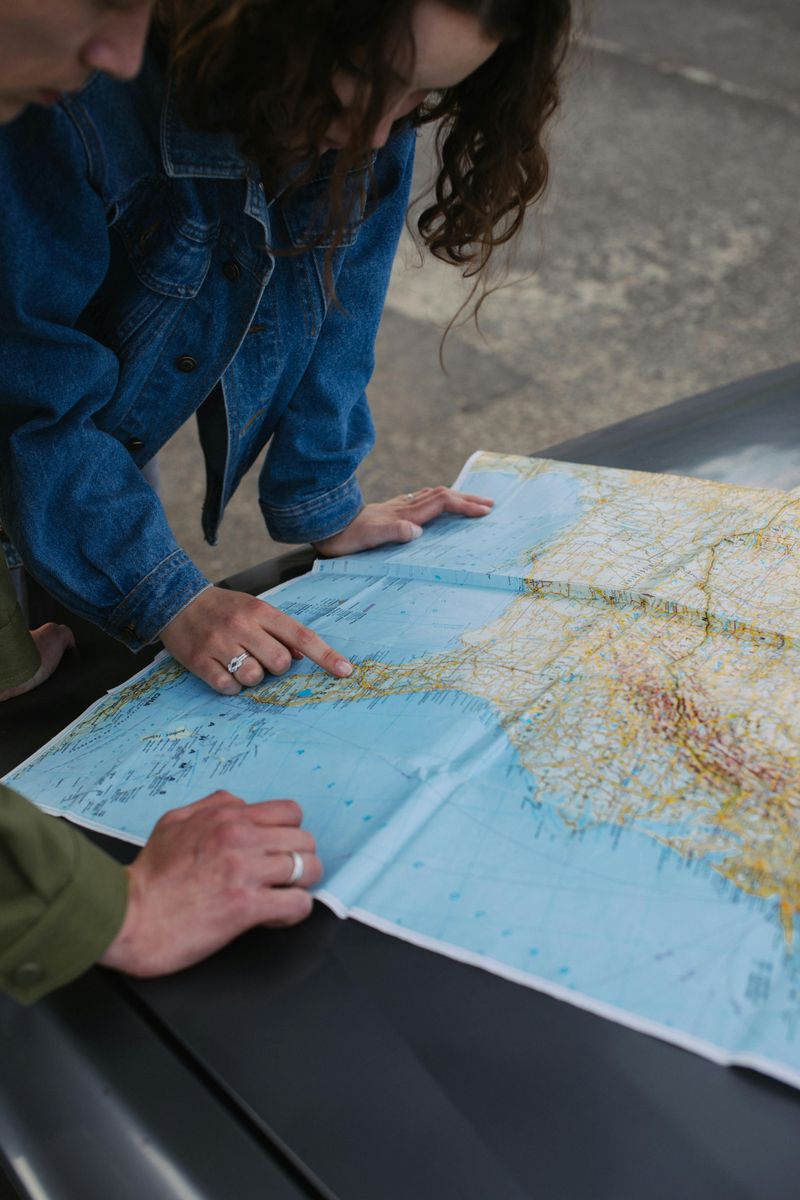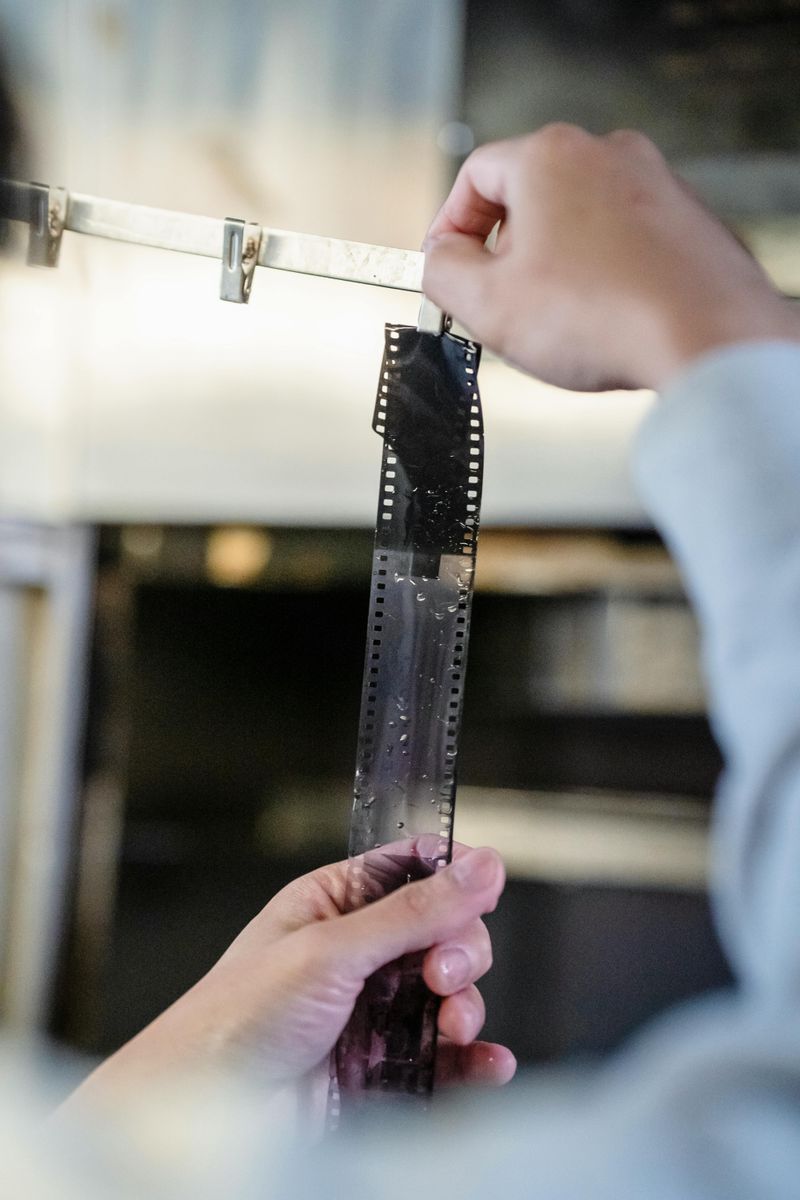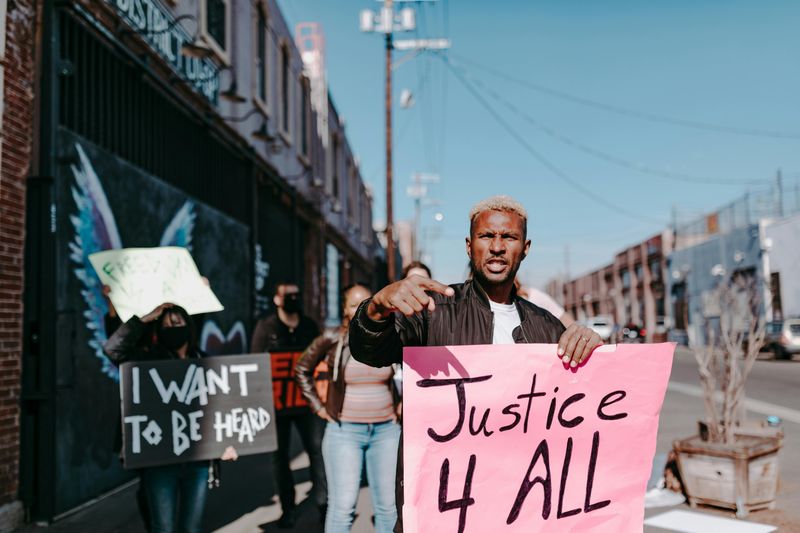19 Boomer Struggles Gen Z Wouldn’t Survive for a Day

Remember when making a phone call meant knowing someone’s number by heart? Or when getting directions required an actual paper map? Baby Boomers grew up in a world vastly different from today’s digital paradise. While Gen Z navigates life with smartphones and instant everything, their grandparents’ generation faced daily challenges that would seem like torture to today’s youth. Let’s explore some everyday Boomer experiences that would leave most Gen Z folks completely bewildered.
1. Rotary Dial Phones and No Caller ID

Imagine having to stick your finger in numbered holes and physically rotate a dial for each digit. Phone calls were a workout! And when that phone rang, you had absolutely no idea who was calling.
Wrong numbers were common, and telemarketers could ambush you without warning. No screening calls or sending to voicemail. You either answered or missed the call completely.
Long-distance calls cost a fortune, so conversations were kept brief and to the point. “I’ll call you back” wasn’t casual—it was a financial commitment!
2. Using Physical Maps Instead of GPS

Before Google Maps, navigation required enormous paper maps that never folded back correctly. Boomers mastered the art of map-reading while driving—often pulling over to unfold a roadmap across the steering wheel.
Planning a road trip? You needed an atlas or had to request special trip maps from AAA. Getting lost was a genuine adventure, sometimes requiring stopping at gas stations to ask for directions from strangers.
No recalculating routes or real-time traffic updates existed. One wrong turn could add hours to your journey, and detours weren’t suggested—they were accidental discoveries.
3. The Agony of Dial-Up Internet

That screeching, static-filled connection sound still haunts Boomers’ dreams. Connecting to the internet wasn’t instant—it was a 30-second technological negotiation that tied up your phone line completely.
Downloads measured in kilobytes could take hours. Waiting 15 minutes for a single image to load was normal, and if someone picked up the phone elsewhere in the house, your connection crashed instantly.
Monthly internet bills charged by the minute made online time precious and expensive. No streaming, no video calls—just text-based websites that loaded line by line like watching paint dry.
4. Typewriters With No Delete Key

Making a typo wasn’t a quick backspace fix—it was a disaster. Manual typewriters required physical strength to press each key, leaving permanent ink impressions on paper. Mistakes meant starting over or using messy correction fluid.
Carbon paper created copies, staining fingers black in the process. Every document required perfect planning before typing began, with no cut-and-paste or formatting options available.
School reports and business letters demanded near-perfection on the first try. The sound of typing filled offices—clickety-clack percussion that announced serious work was happening, with the occasional bell ring signaling the end of each line.
5. The Suspense of Film Development

Boomers took photos without knowing how they’d turn out until days later. After shooting exactly 24 or 36 pictures (no more!), they’d drop off film at photo shops and wait anxiously for development.
Special moments couldn’t be reshot if someone blinked. Every picture cost money to develop, even the terrible ones with thumbs covering half the image or where everyone looked possessed by red-eye demons.
Holiday photos remained mysteries until returning home and developing film weeks later. The anticipation was both exciting and nerve-wracking—did you capture that sunset perfectly or waste an expensive frame?
6. Communication Without Texting or Video Calls

Long-distance relationships meant actual handwritten letters that took days or weeks to arrive. Couples separated by distance might speak just once weekly due to expensive long-distance charges.
Making plans required advance commitment—no last-minute texts to cancel or update your ETA. If you were running late, the other person simply waited, wondering if they’d been stood up.
Family members working overseas might be unreachable for months. International calls cost several dollars per minute, making them reserved for major announcements or emergencies only. Birthday wishes arrived via postal mail, not instant notification.
7. Recording Songs Off the Radio

Before music streaming, Boomers sat for hours beside radios with cassette recorders, fingers hovering over the record button. Capturing favorite songs required lightning reflexes and tremendous patience.
DJs often talked over intros, ruining perfect recordings. Creating mixtapes took days of work, and the sound quality degraded with each dubbing. Song ownership meant buying entire albums for just one hit.
Radio stations controlled what you heard and when you heard it. Request lines stayed perpetually busy, and waiting for your song might take hours. The thrill of finally hearing your request played live on air was unmatched—a fleeting celebration before the next song began.
8. Drinking From Garden Hoses

Hot summer days meant gulping lukewarm water directly from sun-baked garden hoses. No filtered water bottles—just rubber-tasting water that had been sitting in a coiled plastic tube all afternoon.
Parents didn’t worry about bacteria or chemicals leaching from hoses. Neighborhood kids shared the same hose, taking turns drinking from the communal water source between bicycle races and street games.
The first blast of water was always scalding hot from sitting in the sun. You’d waste gallons waiting for cooler water, creating mud puddles under your feet. That metallic, plasticky taste became the official flavor of summer vacation freedom.
9. Riding Bikes Without Helmets

Bicycle safety meant “don’t fall off”—no helmets, knee pads, or reflective gear required. Kids rode in flip-flops, barefoot, or whatever they happened to be wearing, often with friends balanced on handlebars or pegs.
Neighborhood daredevils built rickety wooden ramps for jumping. Injuries were badges of honor rather than causes for concern. Road rash, scraped knees, and occasional stitches were considered normal childhood experiences.
Bikes had minimal safety features—no hand brakes, just pedal-backward coaster brakes. Many had metal frames with zero shock absorption. The freedom of wind through your hair came with the very real risk of concussion, but nobody thought twice about it.
10. Getting Lost Without Digital Help

Being truly lost was a genuine possibility before cell phones. Wrong turns in unfamiliar neighborhoods could become hour-long ordeals with no way to call for help or check your location.
Road trips required planning with physical maps and written directions. Gas stations became information centers where attendants might sketch crude maps on napkins for lost travelers.
Meeting friends at crowded venues meant setting specific meeting points and times in advance. If you missed each other, you might wander for hours or give up entirely. The phrase “I’ll find you there” carried real uncertainty and often ended with people missing each other completely.
11. Surviving Without Air Conditioning

Summer heat meant opening all windows and praying for cross-breezes. Box fans in windows provided minimal relief, mostly just circulating hot air around sweltering rooms.
Cars became mobile saunas with vinyl seats that burned bare legs. Driving meant cranking windows down manually and sticking arms out to catch any hint of breeze, arriving everywhere with sweat-soaked clothing.
Movie theaters and department stores became unofficial cooling centers where people lingered longer than necessary. Sleeping during heatwaves involved wet washcloths on foreheads and constantly flipping pillows to find the cooler side. The heat wasn’t just uncomfortable—it was an unavoidable seasonal hardship.
12. Banking Without ATMs or Online Access

Friday paycheck cashing required standing in long bank lines before weekend closures. Running out of cash meant being genuinely broke until banks reopened Monday morning—no 24/7 access to your own money.
Balancing checkbooks required mathematical skill and diligent record-keeping. One arithmetic error could cascade into overdraft fees and bounced checks. Monthly bank statements arrived by mail, often revealing long-forgotten transactions.
Bill paying meant writing physical checks, finding stamps, and mailing payments days before due dates. The postal service determined whether your payment arrived on time, not your clicking habits. No instant transfers, no mobile deposits—just paper, signatures, and waiting.
13. Surviving Sky-High Interest Rates

Boomers faced mortgage rates exceeding 18% in the early 1980s. Today’s 7% rates would have seemed like winning the lottery! Buying homes required massive down payments and accepting crushing monthly payments.
Credit cards charged 20-30% interest, making debt truly dangerous. Car loans came with double-digit rates, forcing many families to drive aging vehicles far longer than planned.
Savings accounts actually paid meaningful interest—sometimes 5% or higher. Retirees could actually live off certificate of deposit returns, unlike today’s minimal yields. The financial landscape rewarded savers harshly punished borrowers, creating a completely different approach to personal finance.
14. Weathering Major Economic Recessions

The 1970s brought stagflation—simultaneous high unemployment and inflation that economists thought impossible. Gas shortages created hours-long lines at pumps, with odd/even license plate rules determining which days you could buy fuel.
Factory closures devastated entire communities as manufacturing moved overseas. Many Boomers saw their parents lose lifelong jobs and pensions disappear overnight, with few safety nets available.
The energy crisis meant thermostats set at 65°F in winter by presidential decree. Families wore sweaters indoors and piled on blankets to avoid using precious heating oil. Economic hardship wasn’t temporary inconvenience—it was year after year of tightening belts and lowering expectations.
15. “Come Home When the Streetlights Come On” Parenting

Children roamed neighborhoods freely from morning until dusk with zero parental communication throughout the day. The only rule: be home when streetlights activated.
Parents had no idea where their kids were for hours. No check-in texts, no GPS tracking—just trust that they’d return eventually. Children solved their own disputes without adult intervention and created entertainment from whatever was available.
Injuries were handled with neighbor’s first aid rather than immediate medical attention. Kids walked to school alone, even in kindergarten, and arranged their own playdates by knocking on doors asking if friends could come out. The independence was liberating but came with real risks that today’s parents would find unthinkable.
16. Limited Mental Health Awareness or Support

Depression was dismissed as “feeling blue” or lacking willpower. Anxiety disorders were labeled “nervousness” or “being high-strung” with little understanding of their biological basis.
PTSD went unrecognized in returning Vietnam veterans. Many suffered in silence while being told to “toughen up” or “get over it.” Mental health services carried severe stigma, potentially damaging career prospects if employers discovered therapy attendance.
Children with learning disabilities or ADHD were labeled “problem kids” or “daydreamers.” Autism spectrum disorders went largely undiagnosed, with affected individuals often institutionalized. The lack of understanding created generations who buried trauma and psychological struggles beneath stoic exteriors, believing vulnerability was weakness.
17. Navigating Rigid Gender Roles

Women needed husband’s signatures to open bank accounts until the 1970s. Career options were severely limited—teacher, nurse, secretary or homemaker were the primary choices presented to girls.
Men couldn’t show emotional vulnerability without ridicule. Fathers rarely changed diapers or handled childcare responsibilities, missing bonding opportunities now considered essential. Household duties followed strict gender lines regardless of individual preferences or abilities.
Want ads in newspapers were divided by gender, with higher-paying positions listed under “Jobs for Men.” Women could be fired for becoming pregnant, and sexual harassment had no legal recognition. The pressure to conform to gender expectations created lifelong struggles for anyone who didn’t fit neatly into predefined boxes.
18. Living Through Segregation and Civil Rights Struggles

Boomers witnessed “Whites Only” signs on businesses, water fountains, and public facilities. Schools, neighborhoods, and public transportation operated under legal segregation in many states until the mid-1960s.
Civil rights protesters faced violent opposition, police brutality, and imprisonment. Many Boomers participated in dangerous freedom rides or lunch counter sit-ins, risking their lives for basic equality.
Interracial relationships could trigger family disownment or community ostracism. Housing discrimination was legal and widespread, creating segregated neighborhoods that persist today. The painful social awakening required confronting deeply ingrained prejudices that had been normalized across generations—a struggle that continues into the present.
19. Cold War Drills and Nuclear Anxiety

School children regularly practiced “duck and cover” drills, hiding under desks as if wooden furniture could protect them from nuclear blasts. The constant background fear of Soviet attack shaped an entire generation’s worldview.
Neighborhoods built backyard fallout shelters stocked with canned goods and water. Families created emergency plans for nuclear scenarios, discussing which relatives might survive based on proximity to potential targets.
The Cuban Missile Crisis brought the world terrifyingly close to nuclear war. For thirteen days in October 1962, many Boomers genuinely believed they might not reach adulthood. This existential dread wasn’t abstract—it was a daily reality reinforced by civil defense sirens, emergency broadcast tests, and grim governmental warnings.

Comments
Loading…